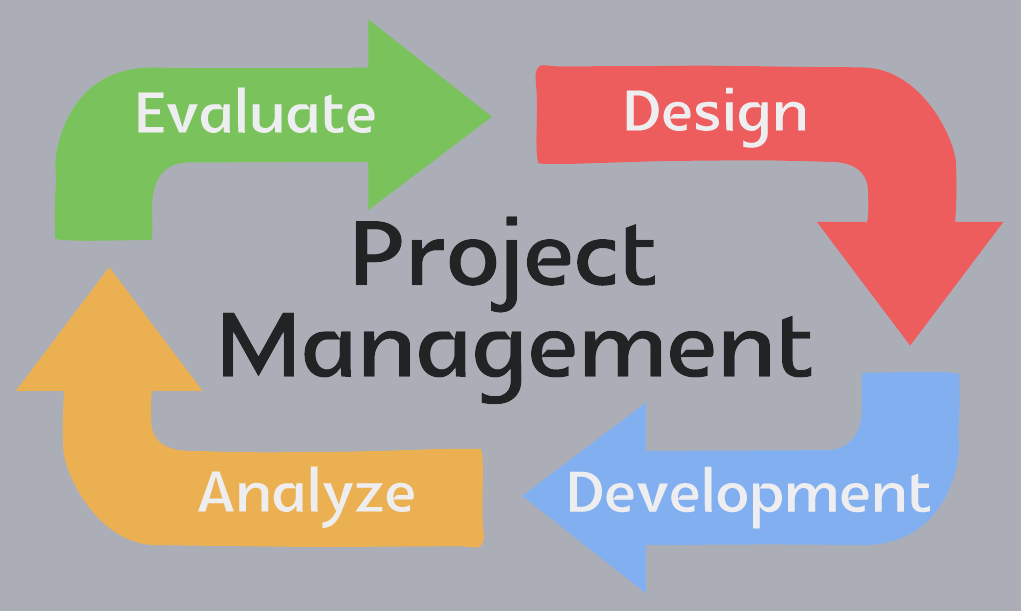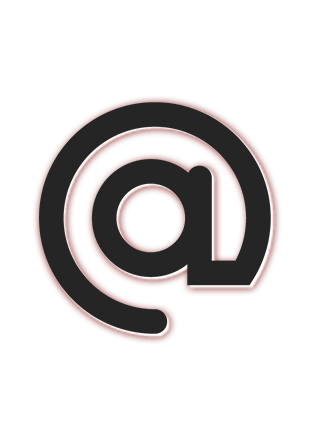How to Choose Project Management Software

If you are in charge of choosing new project management software for the team or your company, there are nine factors to consider for project management tools. They aren’t in order of importance, but are important to consider before getting started and investing time and money.
- Ease of Use
First, it needs to be user friendly. The best product would be something that you find straightforward to use and that will suit your team. Many tools offer free trials so you’ll get to see what it is like working in the software before making the commitment to buy it.
- Scheduling Tools
If you want to be able to manage your projects effectively, you’ll need to make sure it has a project scheduling tool. Many basic products won’t display your project plans in a Gantt chart format and will simply show you a list of tasks. This is okay for small projects, but as soon as you start to manage anything even a little bit complicated you’ll need more than that.
- Task Management
A task list is the start of all Gantt charts, so you’ll need task management features. This should also include the ability to assign tasks to others in the team so that they know what work they should focus on.
You should be able to order tasks in ways that make sense to you. Important tip: Always set up the system where it makes sense to you since you are the one running the project. That means grouping them together and adding target completion dates. The ability to send out email alerts to the person responsible for completing the work is another bonus!
- Ability to Share Externally
Sharing your plans and tasks with team members in your company is one thing; however also look for the functionality which makes project data available to people outside your business. This is especially useful when it comes to working with contractors and third parties.
- Real-Time Reporting
Save yourself some time by finding a product that has real-time reporting. This will pull data from various different areas of the project management software and use it to produce reports that reflect the current status of the project.
- Dashboards and Graphical Reports
While we’re on the subject of reports, something that will show your reports in a graphical format is often handy. It might not be the deciding factor when it comes to choosing a tool. Most management and shareholders respond best to dashboards and charts over written reports. Look for a tool that has built-in dashboards that can be customized for your project.
- Security
Functionality is all well and good, but if your data isn’t safe then the integrity of your project isn’t either. If it is being hosted online, make sure the company has a minimum of 128-bit encryption. Use a separate dedicated hosting platform and assign permission levels to gain access to the database.
- Customization
Make sure you have the ability to customize your custom exports and fields. You should be able to make small changes to the look of the tool to let it reflect your own working preferences. Some will let you upload logos, change colors and so on. The most important areas for customization are reports and data columns. These give you flexibility in how you want to show information to your stakeholders. In turn, providing you knowledge about what needs to be managed on the project.
- Time sheets
Finally, look out for a project management product that includes time sheets or some other way to be able to track your team members time. These might not be a popular choice with your team, but they will help you keep track of tasks. This will provide areas that you need to address about delays and also let you check the validity of your task estimates. Go for a product that makes it easy for your team to complete their time-sheets. A function that lets you copy the tasks and activities from the previous week is a good idea.

